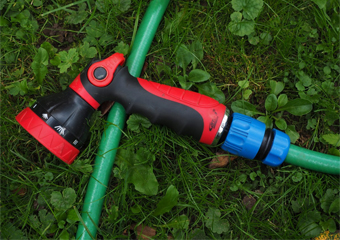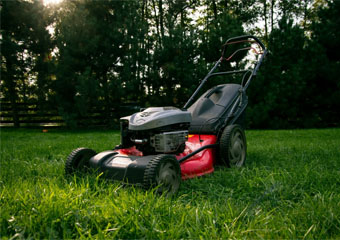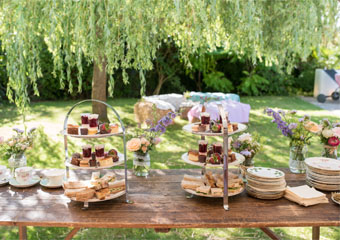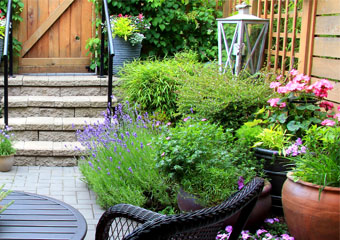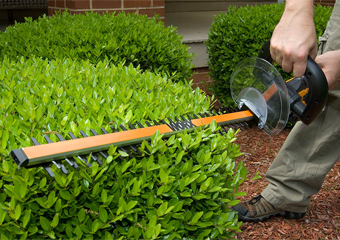Updated: 13/11/2020
How to Paint a Fence
Most homeowners prefer upgrading and maintaining their homes individually. They find a sense of satisfaction in taking care of their own property and doing odd jobs around the house, garage, and the garden. Making the fence look perfect is part of the upkeep of the garden, and makes the home look fabulous at first glance. People in the UK take pride in making their houses look great.
Revitalizing an old fence or giving a fantastic finish to a new one not only helps the home and surroundings look great, but also increases the lifespan of the fence against the constantly changing British weather. The elements can be harsh on outdoor aspects in the garden, and the fencing always takes the brunt of it. Maintaining the fence by refreshing the paint and taking care of the wood will help preserve it in the long term, and also eliminate the cost of installing a new one.
Since the fastest way to preserve the fence and make it look good is to paint it, let us show you how to paint a fence. Doing the job correctly is crucial for wood and garden preservation since fence paints help protect the wood from harmful UV rays (which can cause wood to grey) and from rain (which can cause rot, splits, and cracks).
Which Tools are Needed to Paint the Fence?
- Fence Paints
- Fence Sprayer
- Clear Plastic Sheeting (to cover hedges and other plants)
- Protective Equipment (safety goggles, waterproof apron, mask, and gloves)
What is the Correct Time to Paint the Fence?
When deciding to paint the fence, it is best to choose dry summer months. The heat and the sun allow the paint to dry out quickly and set faster than when done in damp or moist weather. Since paint needs to dry out for a minimum of 24 hours, it is best to check the forecast for two or three days.
You should also ensure that the fence is completely dry before you start painting it. Wet wood will not aid in painting. You should also ensure that you paint the fence when it is in the shade. Direct sunlight can dry out the paint too quickly, and will not enable direct absorption into the wood. Good quality paints can protect the wood only if they are allowed the necessary time to soak in.
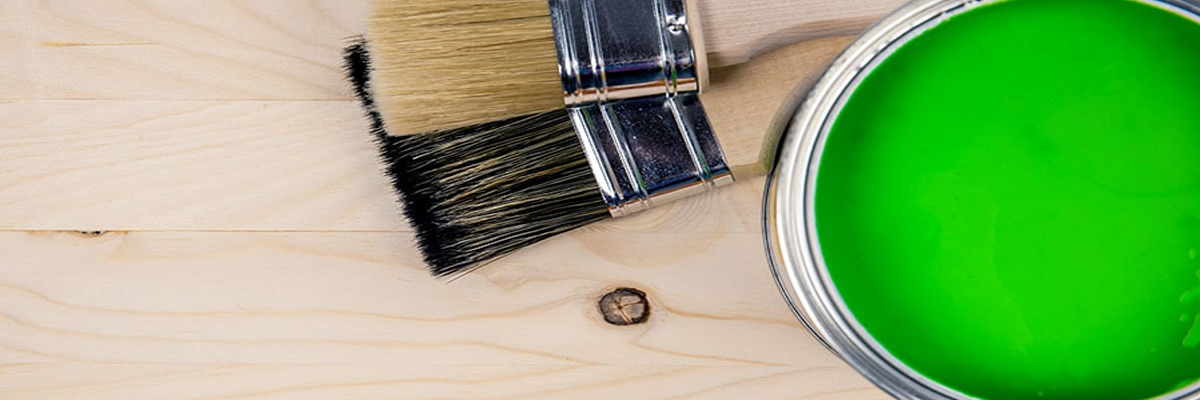
How to Paint a Fence?
Let us look at the painting process in a step by step method to avoid any mistakes or accidents.
Trim and Cover the Plants: Covering the plants helps to protect them from paint spray which can damage natural vegetation. Use the clear plastic sheeting to cover all plants within two to three feet of the fence in all directions. You can do this process stepwise if you wish. Some plants and shrubs may also need trimming to allow you free space to work comfortably near the fence. If some plants cannot be cut, tie them up with cane or plant ties, and direct them away from the spray radius of the fence sprayer.
Prep the Fence Panels: Start prepping the fence for the paint. Ideally, remove nails or wires that are jutting out and need replacing. If you have any hanging plants on the fence, or decorative baskets and outdoor décor, you should remove these and store them in a safe space till the fence paints dry up. Sand down any uneven, rough, irregular areas to remove splinters. Keeping the wood smooth ensures an even coat of paint and equal absorption.
Apply Primer: All wood painting needs priming. Apply the primer, and allow it to wholly dry out. Primer helps increase the life of the paint and gives off a fabulous finish.
Start Painting: Use a good quality fence sprayer to ensure an even application of the paint. Make measured strokes from top to bottom and left to right, moving slowly from one panel to the next. Fence sprayers help finish the job much faster than manual painting. However, if you prefer to use a brush, ensure it is a broad brush, and remove any excess paint from the bristles before painting the wood to avoid clumping and unevenness of the pigment. Follow the direction of the timber grain to get all the nooks and crannies. Repeat the coats of paint as needed.
Dry Out: Allow the paint to dry out for 24 hours, and remove the plastic sheeting and plant ties from all the shrubs and plants surrounding the fence. Also, clean the fence sprayer and brushes to preserve their longevity. You can always top it up here and there with some wood preserver.
Related Reads
What Is The Best Garden Hose On The Market
Updated: 27/12/2020What Is The Best Garden Hose On The MarketFor most home gardeners in the UK, buying a garden hose might feel like a straightforward task. However, it is anything but. Purchasing the correct garden hose requires some careful planning and research....
When To Cut Grass
Updated: 09/12/2020When To Cut GrassWhile most people have immaculate lawns in spring and summer, getting back to maintaining the garden after autumn and winter can be quite tedious. Almost everyone asks when is the right time to cut the grass, and how many times...
Garden Party Ideas
Updated: 09/12/2020Garden Party IdeasThe British weather of sun and clouds is excellent for garden parties and get-togethers. Sunshine brings together all walks of people – from the sun tanners to the foodies. Garden parties have been around in Britain since centuries...
Garden Décor Ideas
Updated: 08/12/2020Garden Décor IdeasDesign and landscaping help add structure and elegance to any garden. There are several different schemes and ideas you can use to increase the beauty and grace of your garden. Families with children can also add child-friendly...
How to Cut Hedges
Updated: 13/11/2020How to Cut HedgesTrimming and cutting hedges isn’t only about cutting them in a line that makes the garden look good. It is about protecting the garden, ensuring the hedge is cut correctly and making sure your shrubs stay in good shape for long...
How to Sharpen Hedge Trimmers
Updated: 13/11/2020How to Sharpen Hedge TrimmersHedge trimmers are invaluable tools in the garden. Irrespective of the size of the garden, if you have a hedge alongside the fencing, or are using borders for demarcation, keeping them neat and tidy is crucial. Most...

